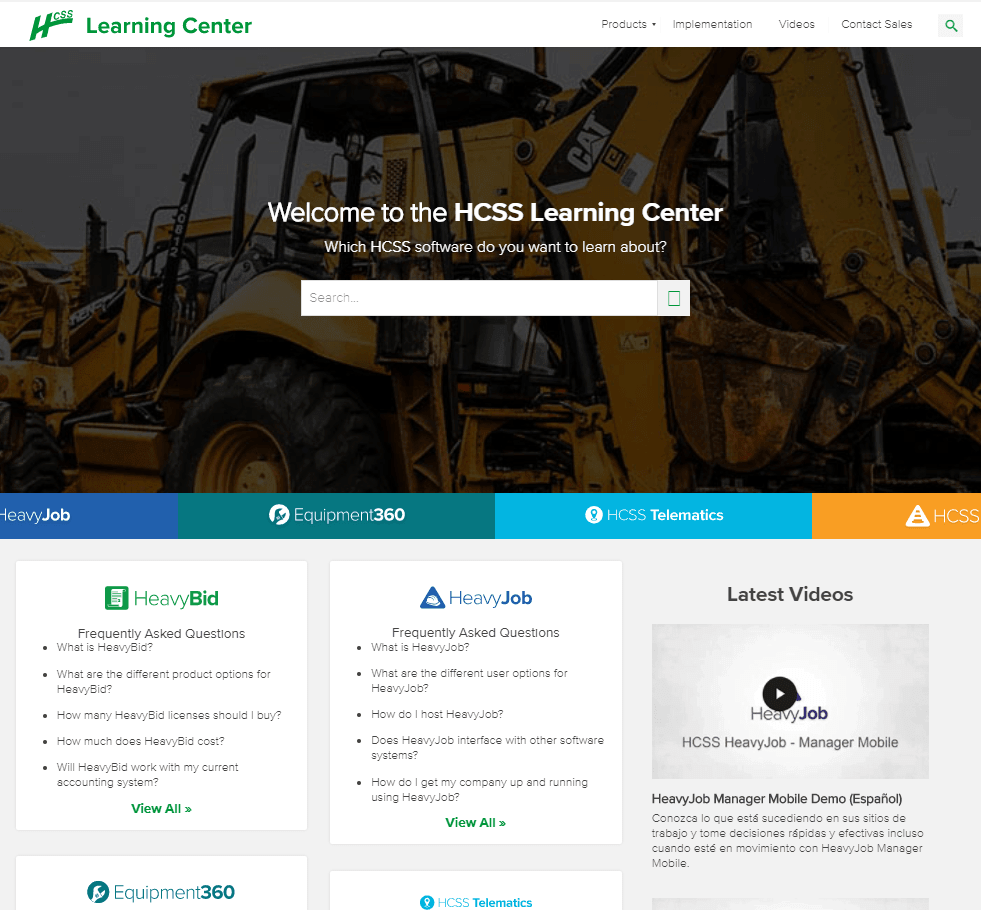
Video use in online marketing and social media has grown significantly the last couple of years. It’s estimated that 87% of online marketers use video. At this point most marketers have some videos, but just because you have videos, that doesn’t mean you’re using this multimedia platform to its fullest potential. Customers want video that connects with them right where they are, telling them what they need to hear.
What is the buyer journey?
The buyer journey is the process a person goes through when making a purchase decision. It consists of three stages:- Awareness: the person realizes they have a problem or a need
- Consideration: the person researches to determine what options are available to solve the problem or fill the need
- Decision: the person decides and makes a purchase
Video can be appropriate for all three stages of the buyer journey. Here are examples of video for each stage:
- Awareness: educational videos
- Consideration: explainer videos (People love storytelling!)
- Decision: demos, testimonials
Why is video appealing?
Video is personal, emotional, and authentic. Plus, 65% of people are visual learners. We’re more likely to remember things we’ve seen over things we’ve read or heard. Video captures attention, and it gives marketers an opportunity to connect closely with their target audiences. Video can be personalized to buyer personas, and and you can share them on your website, via emails tailored to where your customers are in the buyer journey, and on social media. 92% of mobile video viewers share videos with others, so people will share if you create great video content.How can video work for you?
Video is authentic, it’s growing at a rapid rate, and companies that use video in their buyer journeys grow 50% faster than those that don’t. And, including a video on a website landing page can increase conversion by 80%. So using video sounds like a no-brainer, right? Right. But—it’s easy to miss the mark on the implementation side.Before committing time and money to a video strategy, make sure you understand who you want to be watching your videos. Some things you should know about your target audience include:
- Demographics: How old are they? Where are they?
- Viewing method: Are they on their smartphones? Desktops? Are they doing something else while watching your videos?
- Did you know? While more than half of all internet videos are watched on mobile devices, if you’re a B2B marketer, 86% of business-related video-watching takes place on desktops.
- Interaction preference: Do they follow you on social media? Do they go to your website to look for information?
- Needs: What kinds of videos would be helpful for them? What information are they looking for?
Want to supercharge your video results? Live streaming gets three times more engagement than on-demand video. Tweet thisLook at these real examples (and results) of video as a part of the buyer journey.
Encouraging interactivity
Mitre 10 New Zealand is a hardware store chain, and they have dozens of on-demand how-to videos on their website. The videos cater to everyone, from those ready to build their own backyard pergola to those who only have 15 seconds to spare and want to make their dresser drawers stop sticking.Mitre10 has created lots of video content for many stages of their buyer journey, and their videos are available to anyone that visits their site. No sign-up is required. They’ve taken the standard DIY video format and kicked it up a notch by incorporating a related products panel as part of the video screen. They use it to highlight the products that they use so that you can put them in your shopping cart without ever leaving the video. And, even if you don’t live in New Zealand and you can’t buy the products from them, it’s still easy to see what supplies you’ll need to complete the project.
Reducing sales cycle time
HCSS, a construction software company, saw a 44% reduction in sales cycle time when they incorporated video into all stages of their buyer journey. They created a microsite on their website called The Learning Center, and it houses videos about all of their product offerings.
The HCSS example is not an anomaly. In one study, 74% of users who watched an explainer video to learn more about a product or service subsequently bought it. Video has power online that plain text simply cannot compete with, and it’s invaluable at all three stages of the buyer journey.
The statistics proving just how effective video is throughout the buyer journey are abundant and exciting. Want to learn more about the buyer journey before you grab your video camera and start filming? Take a look at some of our past posts:
- Transform digital marketing into your top salesperson
- Website ROI: The return on investment for a website redesign
- Use your content to educate customers
